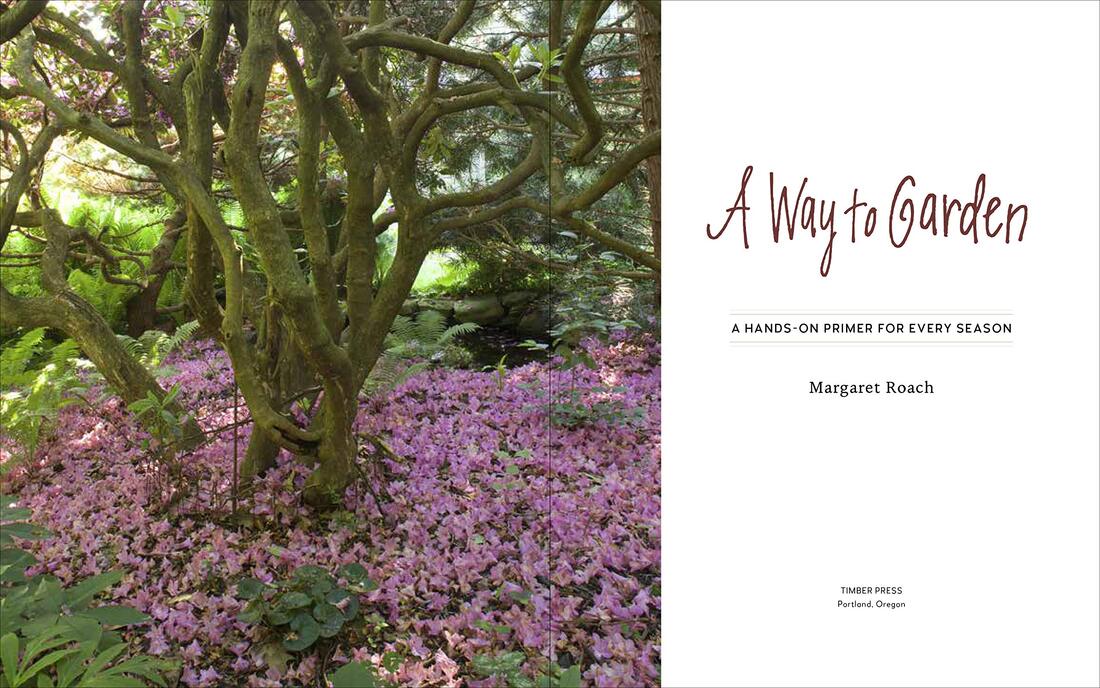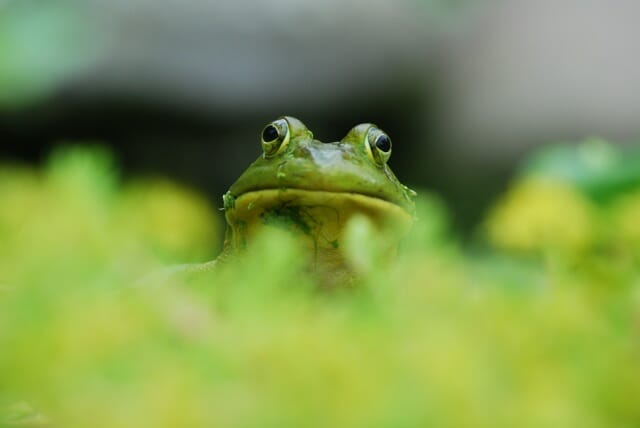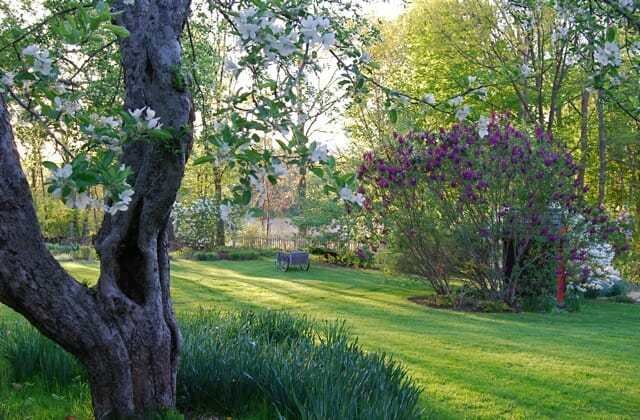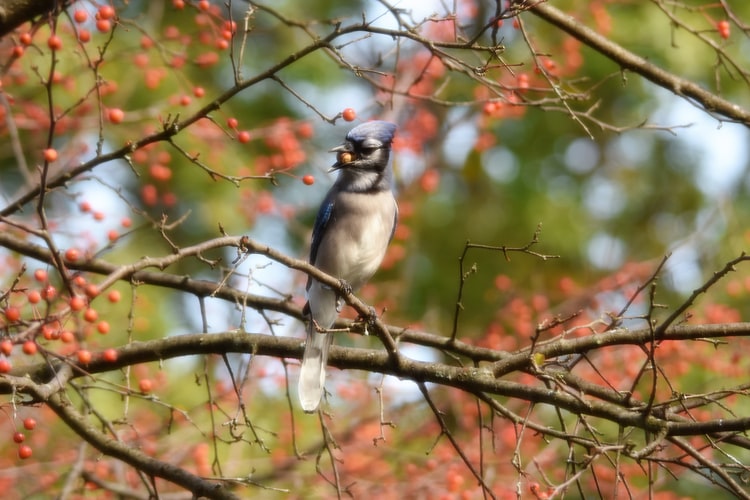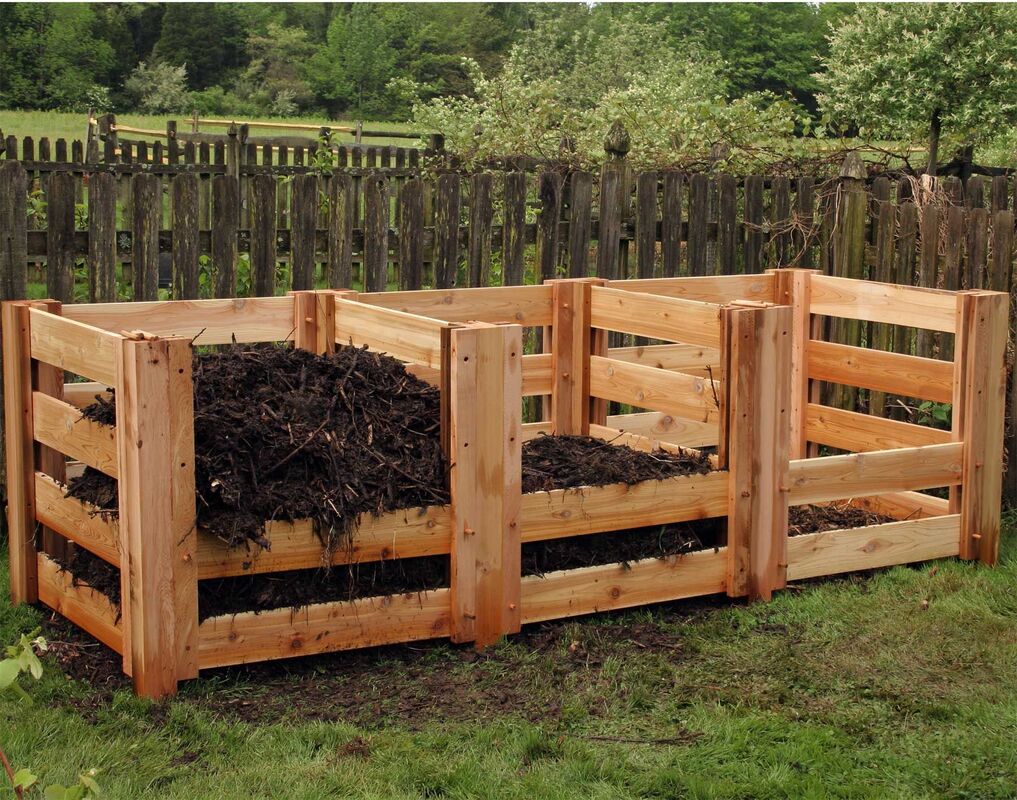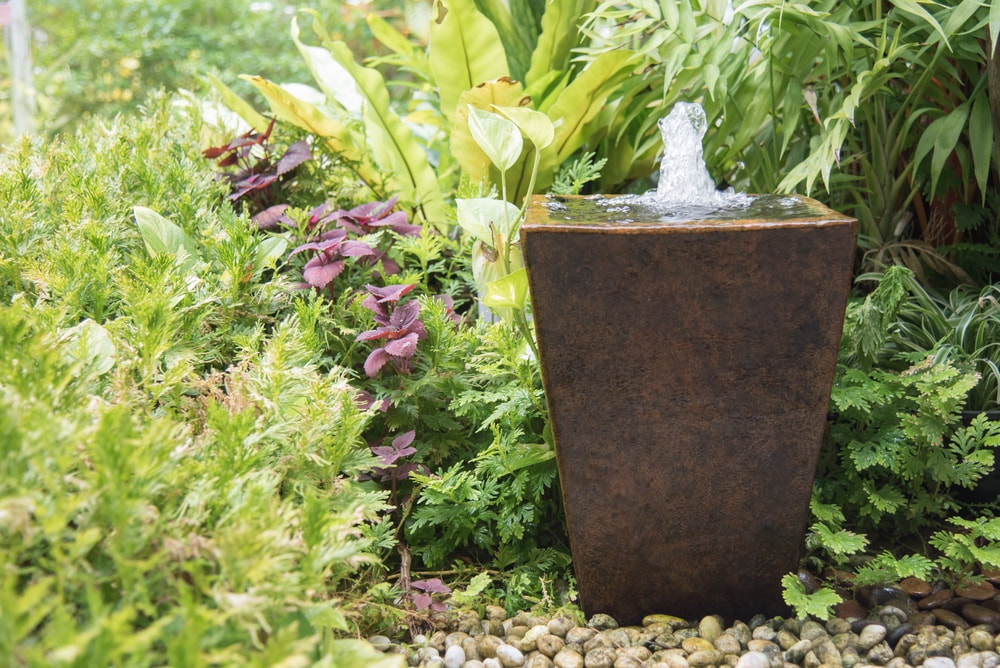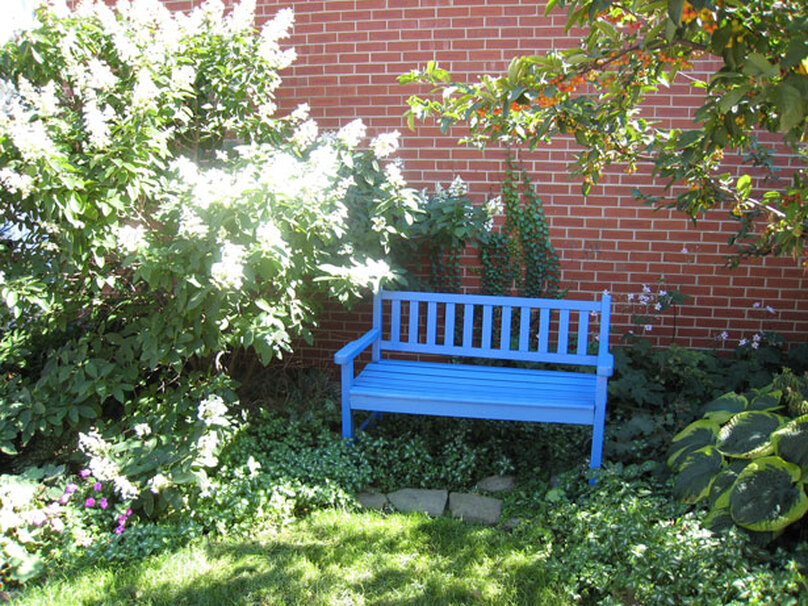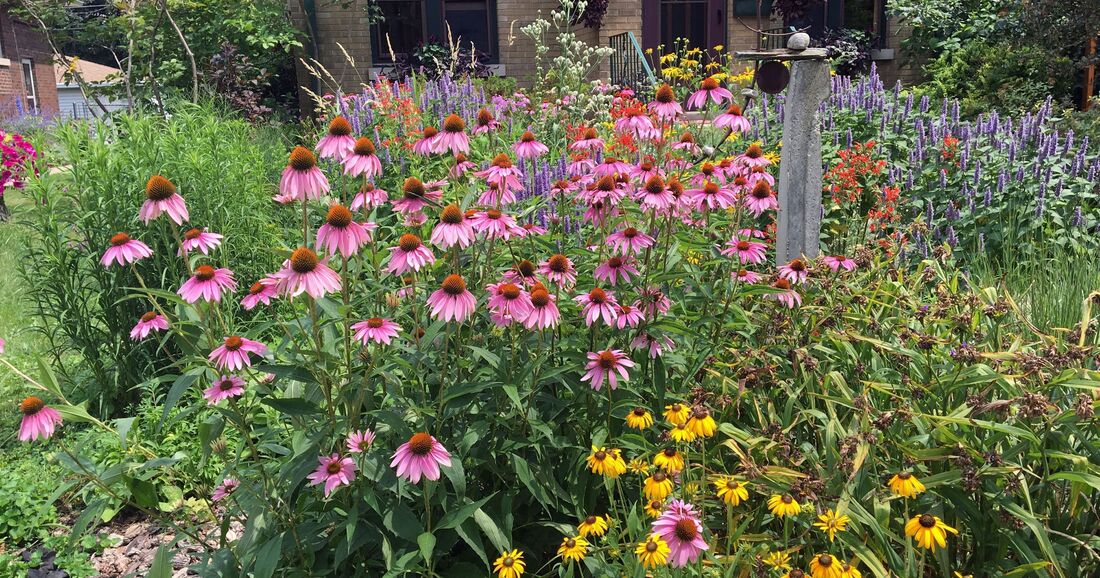|
2/24/2020 0 Comments Book Review: A Way to Garden Conception. Birth. Youth. Adulthood. Senescence. Death & Afterlife. These stages of life that we experience are used in Margaret Roach's book to describe a plant's life cycle through the year. That in itself tells the reader this is a very special book. First published in 1998, this updated edition contains new information. Following are examples of her breadth of garden wisdom. CONCEPTION: In this first chapter of A Way to Garden, Margaret tackles two topics that can be intimidating to the gardener: scientific names and pruning. Her tips on keeping deer away will empower you to finally take the necessary action to keep deer out of your yard. One of my favorite design tips she shares is to think early, middle, late when placing online orders. For example, if you are buying a lilac, do your homework and order three varieties with overlapping bloom times to extend that captivating season of fragrance. BIRTH: The earth begins to awaken in March and April, and it starts indoors with seeds. An extensive seed-starting schedule and tips will answer questions that you may have. And it is here that we learn of Margaret's obsession with gold foliage and the red spring-flowering Pulmonaria rubra. She takes the mystery out of pruning Hydrangea and Clematis, and suggests alternatives to Forsythia. I whole-heartedly agree with her encouragement to learn to ID weeds. 'I do not think we have a prayer of subduing or at least outsmarting an opponent we are barely acquainted with.' One of her go-to websites is the University of California weed ID. You can find it here. YOUTH: The world is in it's youthful stage in May and June when all is fresh, new, and in bloom. Margaret writes of transplanting, self-sowers, and growing tomatoes and potatoes. These are the salad days where there just isn't enough space or time to grow all the wonderful varieties available. Her suggestion is to choose a few and set up a seed trial. Grown side by side, you can observe which ones do best in the conditions in your garden and which appeal most to your taste buds. One to look for: 'Merlot' leaf lettuce. Margaret reminds us that we aren't the only ones interested in what's growing in our gardens - rabbits, deer, and woodchucks often get their fill at our expense. How to tell what's been munching? Look for these clues: deer leave jagged edges, rabbits cut at a clean 45 degree angle. In this chapter, Margaret encourages us to underplant trees with living groundcovers designed in what she calls 'garden mosaics'. Watch the video below to hear her describe this refreshing concept. The year continues through 'A Way to Garden' book in adult, senescence, death and afterlife stages. Each page offers observations, tips, and techniques gathered from years of experience bound together in this garden treasury. 'I garden because I cannot help myself'.
- Margaret Roach If you can relate to that, this book is for you. * - Tracy Hankwitz is a horticulturist, and General Manager of Burlington Garden Center
0 Comments
2/20/2020 13 Comments Landscaping for WildlifeDesigning a wildlife-friendly garden may not be your biggest priority. You may have never even considered encouraging wildlife into your landscape or sharing your space with them. This quote by author Doug Tallamy may give you something to chew on:
'Chances are, you have never thought of your garden – indeed, of all the space on your property – as a wildlife preserve that represents the last chance we have for sustaining plants and animals that were once common throughout the U. S. But that is exactly the role our suburban landscapes are playing and will play even more into the near future.” ' Recently a few of our staff attended a presentation by David Drake, University of Wisconsin-Madison Division of Extension wildlife specialist in the Department of Forest and Wildlife Ecology. The talk was entitled Managing Wildlife and of course the expectation was that he would address how to keep rabbits out of the garden, squirrels out of the feeders, and raccoons out of the garbage. Instead, he gave a refreshing lecture on the benefits of drawing in beneficial wildlife such as birds, bats, snakes, frogs, toads, and turtles. Here are a few practical take-aways that we all can implement. Provide food, water, and shelter clustered in groups throughout the landscape. Feeders, shrubs with fruit, perennial seed heads planted near a birdbath or small pond check the first two boxes. Shelter can be in the form of bird houses, brush piles, and conifers. Plant for all four seasons and include trees and shrubs that have persistent winter berries. Install a bat house. Choose plants that have a purpose - like natives. Not sure what natives to plant? Check out the Native Plant Finder supported by the National Wildlife Federation to discover which indigenous plant species are the very best at supporting the insects that drive local food webs. A search of our 53105 zip code revealed that oak trees support over 300 species of butterflies, caterpillars, and moths. Goldenrod is the best native perennial supporting 102 different species. Be sure to check it out for the complete list. For more ideas, read Doug Tallamy's article here. Learn more about David Drake's work with urban wildlife here. 2/2/2020 4 Comments Gardening Intentions for 2020How are you doing on your resolutions, intentions, commitments for 2020? Maybe you have long given that new year’s practice up, but I’m going to suggest making an intention for the new season of gardening that is approaching. As winter is in no hurry to leave yet, these quiet months are perfect for reflecting on new things you many want to try, new plants to grow, new areas to landscape, ways to improve the lawn, how to use fewer chemical inputs, or perhaps it’s time to downsize to a patio garden. There are several movements within the world of horticulture that may interest you and give you some direction as to how you intend to spend your time growing this year. The first is one of regenerative gardening. It’s about being more conscientious and intentional about building up the soil we grow in. Composting, using natural and organic products, and no-till practices all aim to rebuild the soil’s organic matter and return nutrients to the soil. Healthy soil means healthy plants which lead to healthy food. Intention: Compost for a more sustainable garden. First step: Build or buy a compost bin. A second movement you may hear about this spring is small space gardening. Even in a large space, you can carve out a secluded spot in which to unwind. This can be done by seeking out dwarf varieties of plants which are becoming more prevalent. You may need to redesign an area if plants have become overgrown and crowded. Another strategy is to make use of vertical space and install a vertical garden. This is nothing new but there are new products available that make vertical gardening easy. Adding a small water feature can help sooth away the stress of the day. Intention: Create an outdoor space to relax in. First step: Analyze current landscape and consult with a designer. The color of the year is our next trend and it may surprise you. Classic blue. It’s already strong in interior design and fashion, but this is a great color to bring outside as well. Add blue pots to your outdoor garden, paint a trellis or fence, buy a blue birdbath, and grow plants with blue flowers. The intention isn’t to be trendy but adding color to your space can be reinvigorating. This hue of blue especially brings a sense of calmness. It’s solid and dependable in a time that isn’t so much. Intention: Add color to the garden. First step: Look up blue flowers easy to grow from seed. Finally, plant for wildlife. This movement is becoming stronger as more people become aware of the benefits of protecting pollinators from the many dangers they face. Grow plants that attract them and avoid using chemicals as much as possible. Natives are a good place to start. Intention: Plant a pollinator garden. First step: Find a list of pollinator plants and seek them out. Whether you try these intentions or not, hopefully you are thinking about the growing season that lies ahead and the possibilities it holds. As you do, you awaken the gardener within. Tracy Hankwitz is a horticulturist and general manager at Burlington Garden Center. For a list of pollinator plants and blue flowers to start from seed, go to www.burlingtongardencenter.com. |
|
|
STORE INFO
5205 Mormon Road Burlington, WI 53105 262.763.2153 |

